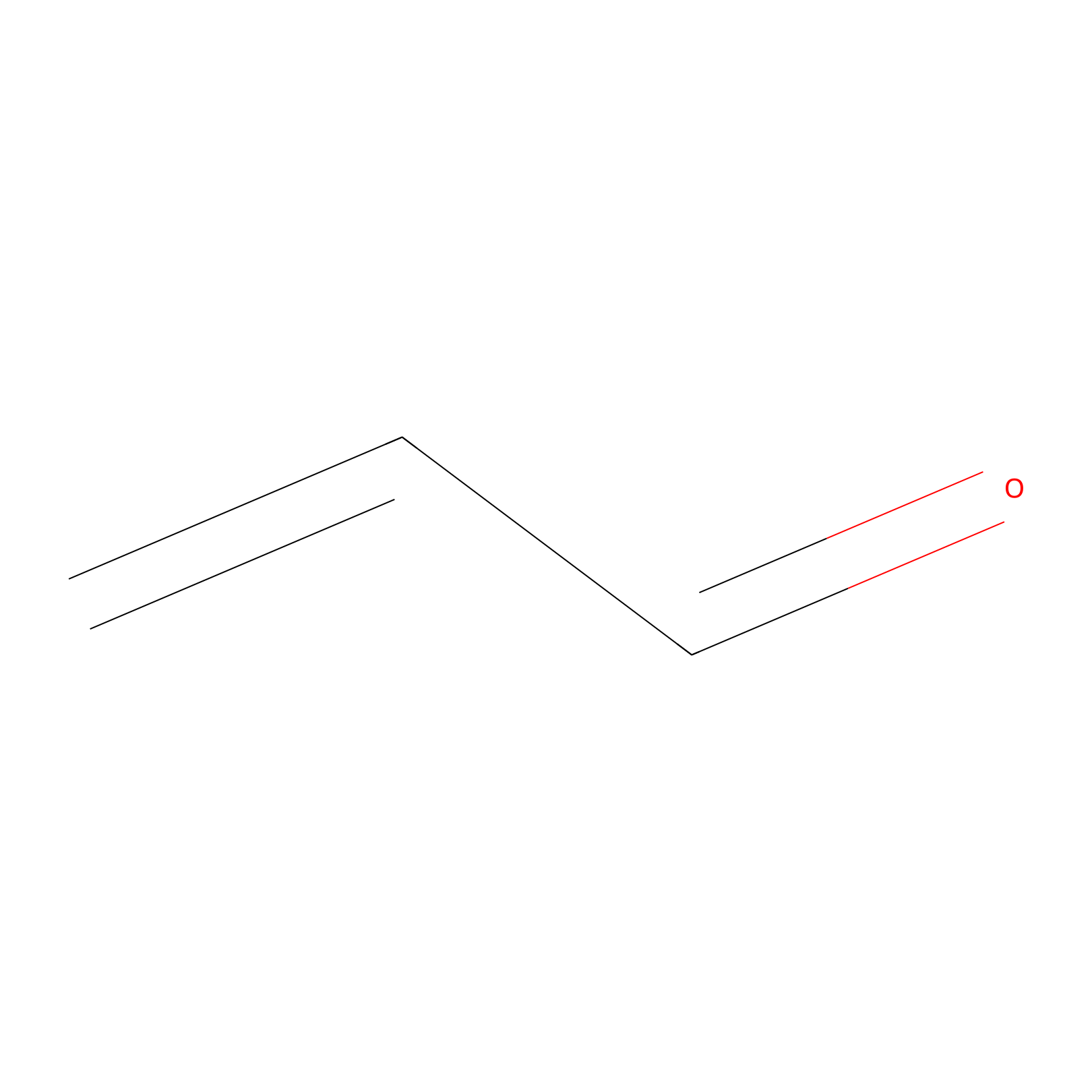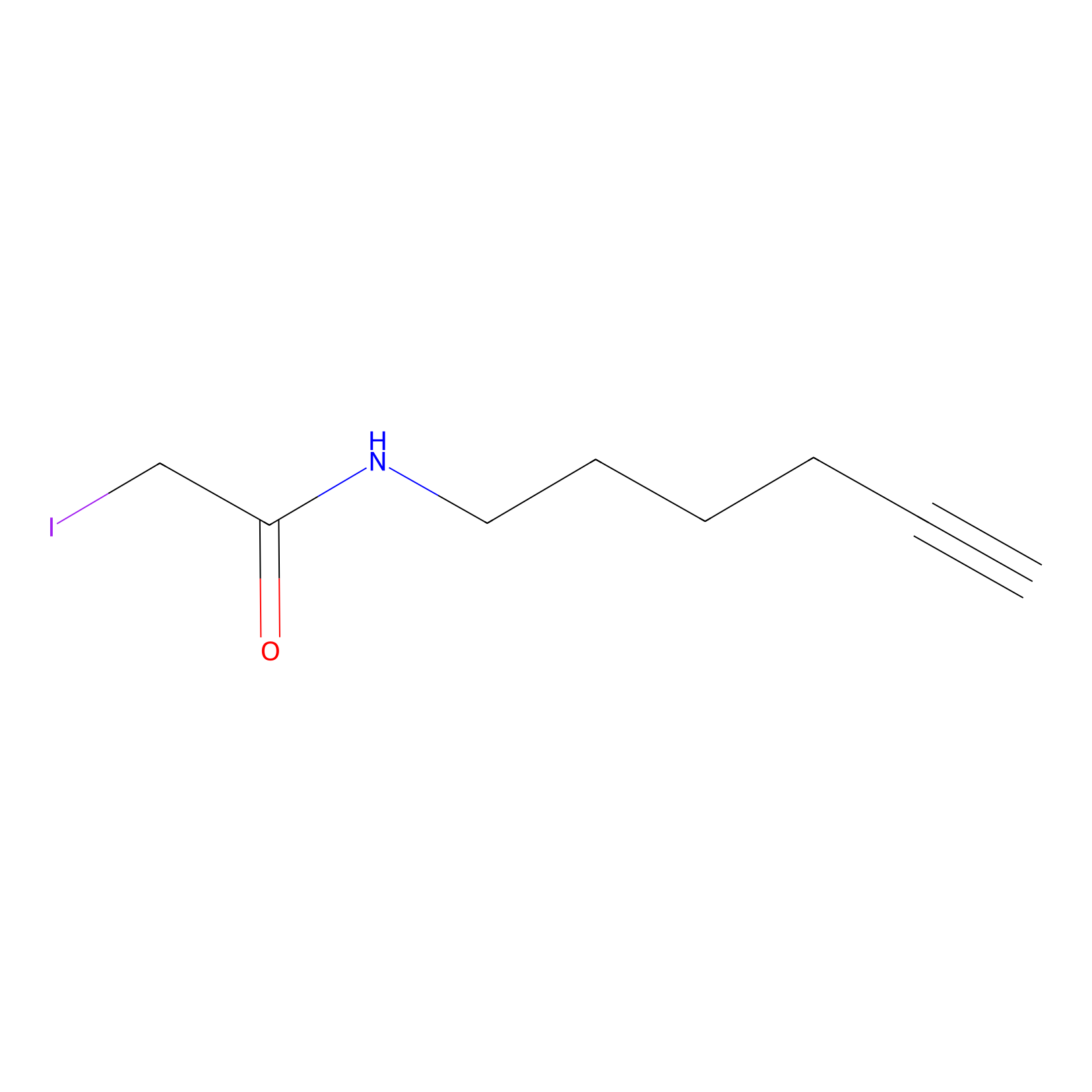Details of the Target
General Information of Target
Probe(s) Labeling This Target
ABPP Probe
| Probe name | Structure | Binding Site(Ratio) | Interaction ID | Ref | |
|---|---|---|---|---|---|
|
DBIA Probe Info |
 |
C42(1.88) | LDD2274 | [1] | |
|
Acrolein Probe Info |
 |
N.A. | LDD0224 | [2] | |
|
IA-alkyne Probe Info |
 |
N.A. | LDD0162 | [3] | |
Competitor(s) Related to This Target
The Interaction Atlas With This Target
The Protein(s) Related To This Target
Enzyme
| Protein name | Family | Uniprot ID | |||
|---|---|---|---|---|---|
| Glyceraldehyde-3-phosphate dehydrogenase (GAPDH) | Glyceraldehyde-3-phosphate dehydrogenase family | P04406 | |||
Transporter and channel
| Protein name | Family | Uniprot ID | |||
|---|---|---|---|---|---|
| Transient receptor potential cation channel subfamily M member 4 (TRPM4) | Transient receptor (TC 1.A.4) family | Q8TD43 | |||
Other
| Protein name | Family | Uniprot ID | |||
|---|---|---|---|---|---|
| Protein S100-A9 (S100A9) | S-100 family | P06702 | |||
References
